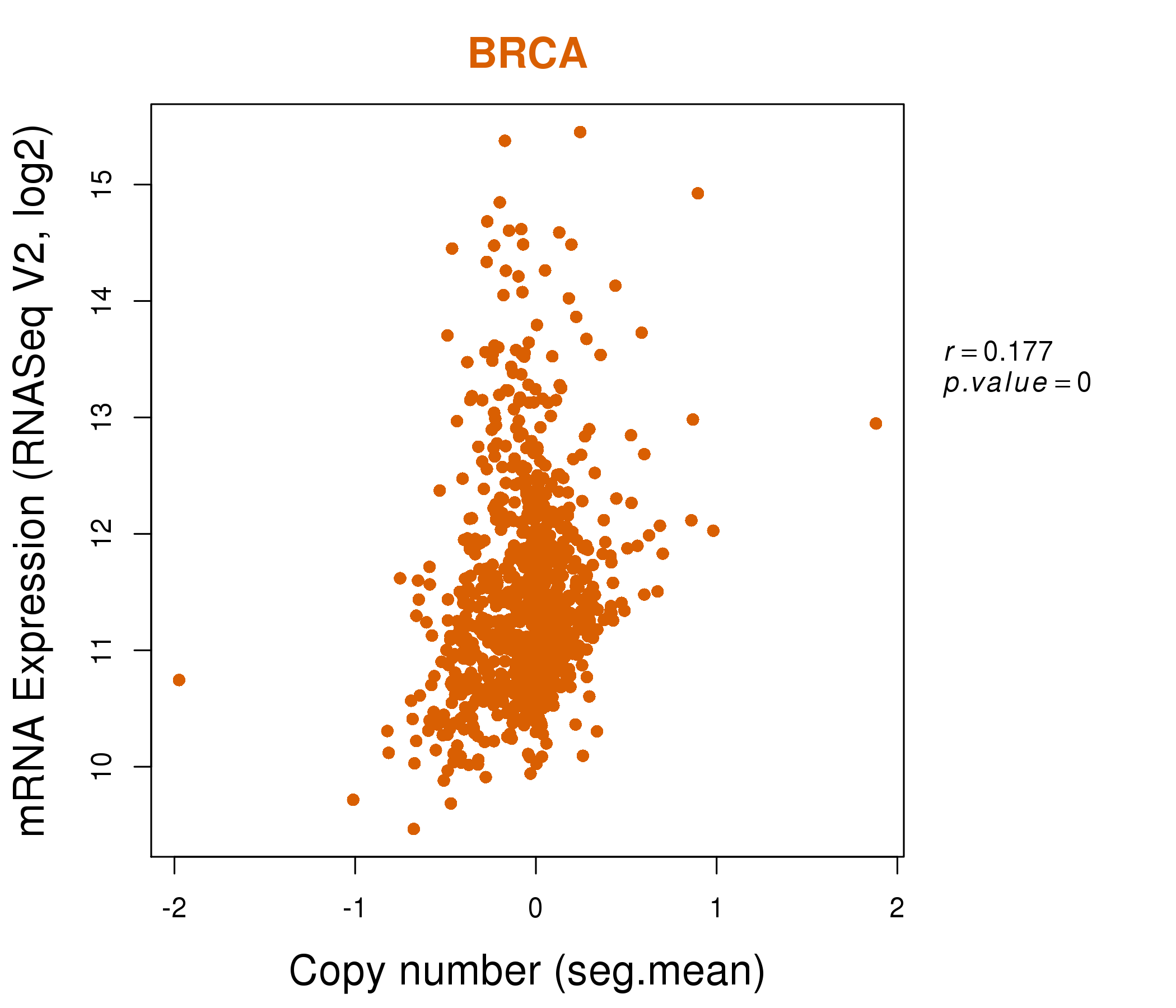|
||||||||||||||||||||
| |
| Phenotypic Information (metabolism pathway, cancer, disease, phenome) |
| |
| |
| Gene-Gene Network Information: Co-Expression Network, Interacting Genes & KEGG |
| |
|
| Gene Summary for WARS |
| Top |
| Phenotypic Information for WARS(metabolism pathway, cancer, disease, phenome) |
| Cancer | CGAP: WARS |
| Familial Cancer Database: WARS | |
| * This gene is included in those cancer gene databases. |
|
|
|
|
|
|
| ||||||||||||||
Oncogene 1 | Significant driver gene in | |||||||||||||||||||
| cf) number; DB name 1 Oncogene; http://nar.oxfordjournals.org/content/35/suppl_1/D721.long, 2 Tumor Suppressor gene; https://bioinfo.uth.edu/TSGene/, 3 Cancer Gene Census; http://www.nature.com/nrc/journal/v4/n3/abs/nrc1299.html, 4 CancerGenes; http://nar.oxfordjournals.org/content/35/suppl_1/D721.long, 5 Network of Cancer Gene; http://ncg.kcl.ac.uk/index.php, 1Therapeutic Vulnerabilities in Cancer; http://cbio.mskcc.org/cancergenomics/statius/ |
| KEGG_TRYPTOPHAN_METABOLISM | |
| OMIM | |
| Orphanet | |
| Disease | KEGG Disease: WARS |
| MedGen: WARS (Human Medical Genetics with Condition) | |
| ClinVar: WARS | |
| Phenotype | MGI: WARS (International Mouse Phenotyping Consortium) |
| PhenomicDB: WARS | |
| Mutations for WARS |
| * Under tables are showing count per each tissue to give us broad intuition about tissue specific mutation patterns.You can go to the detailed page for each mutation database's web site. |
| - Statistics for Tissue and Mutation type | Top |
 |
| - For Inter-chromosomal Variations |
| There's no inter-chromosomal structural variation. |
| - For Intra-chromosomal Variations |
| * Intra-chromosomal variantions includes 'intrachromosomal amplicon to amplicon', 'intrachromosomal amplicon to non-amplified dna', 'intrachromosomal deletion', 'intrachromosomal fold-back inversion', 'intrachromosomal inversion', 'intrachromosomal tandem duplication', 'Intrachromosomal unknown type', 'intrachromosomal with inverted orientation', 'intrachromosomal with non-inverted orientation'. |
 |
| Sample | Symbol_a | Chr_a | Start_a | End_a | Symbol_b | Chr_b | Start_b | End_b |
| ovary | WARS | chr14 | 100840200 | 100840220 | chr14 | 100685879 | 100685899 |
| cf) Tissue number; Tissue name (1;Breast, 2;Central_nervous_system, 3;Haematopoietic_and_lymphoid_tissue, 4;Large_intestine, 5;Liver, 6;Lung, 7;Ovary, 8;Pancreas, 9;Prostate, 10;Skin, 11;Soft_tissue, 12;Upper_aerodigestive_tract) |
| * From mRNA Sanger sequences, Chitars2.0 arranged chimeric transcripts. This table shows WARS related fusion information. |
| ID | Head Gene | Tail Gene | Accession | Gene_a | qStart_a | qEnd_a | Chromosome_a | tStart_a | tEnd_a | Gene_a | qStart_a | qEnd_a | Chromosome_a | tStart_a | tEnd_a |
| BF988254 | GADD45G | 13 | 97 | 9 | 92219927 | 92220011 | WARS | 92 | 225 | 14 | 100803470 | 100808798 | |
| BM977906 | MARK3 | 18 | 447 | 14 | 103964837 | 103969619 | WARS | 446 | 588 | 14 | 100835424 | 100835566 | |
| T63251 | WARS | 3 | 180 | 14 | 100801169 | 100801348 | WARS | 176 | 263 | 14 | 100801062 | 100801149 | |
| AI268655 | WARS | 10 | 63 | 14 | 100801073 | 100801126 | WARS | 58 | 427 | 14 | 100800717 | 100801086 | |
| AW794469 | ZNF695 | 191 | 228 | 1 | 247163785 | 247163822 | WARS | 211 | 539 | 14 | 100817444 | 100817841 | |
| AW796806 | WARS | 6 | 67 | 14 | 100800943 | 100801004 | WARS | 60 | 143 | 14 | 100800860 | 100800943 | |
| S74703 | WARS | 1 | 450 | 14 | 100800854 | 100801304 | NFYC | 448 | 1862 | 1 | 41218892 | 41237273 | |
| Top |
| There's no copy number variation information in COSMIC data for this gene. |
| Top |
|
 |
| Top |
| Stat. for Non-Synonymous SNVs (# total SNVs=33) | (# total SNVs=10) |
 |  |
(# total SNVs=0) | (# total SNVs=1) |
 |
| Top |
| * When you move the cursor on each content, you can see more deailed mutation information on the Tooltip. Those are primary_site,primary_histology,mutation(aa),pubmedID. |
| GRCh37 position | Mutation(aa) | Unique sampleID count |
| chr14:100808747-100808747 | p.Q367H | 2 |
| chr14:100801346-100801346 | p.G428S | 2 |
| chr14:100828143-100828143 | p.N72S | 2 |
| chr14:100828181-100828181 | p.K59K | 2 |
| chr14:100826957-100826957 | p.R119L | 2 |
| chr14:100826958-100826958 | p.R119* | 1 |
| chr14:100803478-100803478 | p.G392V | 1 |
| chr14:100835474-100835474 | p.A17T | 1 |
| chr14:100809696-100809696 | p.A285A | 1 |
| chr14:100801271-100801271 | p.T453A | 1 |
| Top |
|
 |
| Point Mutation/ Tissue ID | 1 | 2 | 3 | 4 | 5 | 6 | 7 | 8 | 9 | 10 | 11 | 12 | 13 | 14 | 15 | 16 | 17 | 18 | 19 | 20 |
| # sample | 1 | 5 | 1 | 2 | 5 | 5 | 1 | 5 | 4 | 7 | ||||||||||
| # mutation | 1 | 5 | 1 | 2 | 5 | 6 | 1 | 5 | 3 | 7 | ||||||||||
| nonsynonymous SNV | 1 | 4 | 1 | 4 | 4 | 1 | 4 | 2 | 6 | |||||||||||
| synonymous SNV | 1 | 2 | 1 | 2 | 1 | 1 | 1 |
| cf) Tissue ID; Tissue type (1; BLCA[Bladder Urothelial Carcinoma], 2; BRCA[Breast invasive carcinoma], 3; CESC[Cervical squamous cell carcinoma and endocervical adenocarcinoma], 4; COAD[Colon adenocarcinoma], 5; GBM[Glioblastoma multiforme], 6; Glioma Low Grade, 7; HNSC[Head and Neck squamous cell carcinoma], 8; KICH[Kidney Chromophobe], 9; KIRC[Kidney renal clear cell carcinoma], 10; KIRP[Kidney renal papillary cell carcinoma], 11; LAML[Acute Myeloid Leukemia], 12; LUAD[Lung adenocarcinoma], 13; LUSC[Lung squamous cell carcinoma], 14; OV[Ovarian serous cystadenocarcinoma ], 15; PAAD[Pancreatic adenocarcinoma], 16; PRAD[Prostate adenocarcinoma], 17; SKCM[Skin Cutaneous Melanoma], 18:STAD[Stomach adenocarcinoma], 19:THCA[Thyroid carcinoma], 20:UCEC[Uterine Corpus Endometrial Carcinoma]) |
| Top |
| * We represented just top 10 SNVs. When you move the cursor on each content, you can see more deailed mutation information on the Tooltip. Those are primary_site, primary_histology, mutation(aa), pubmedID. |
| Genomic Position | Mutation(aa) | Unique sampleID count |
| chr14:100808747 | p.G387S,WARS | 2 |
| chr14:100801346 | p.Q326H,WARS | 2 |
| chr14:100820787 | p.A13V,WARS | 1 |
| chr14:100801271 | p.R423L,WARS | 1 |
| chr14:100828209 | p.A244A,WARS | 1 |
| chr14:100808790 | p.Y9C,WARS | 1 |
| chr14:100820803 | p.T412A,WARS | 1 |
| chr14:100801274 | p.I225M,WARS | 1 |
| chr14:100835456 | p.V23I,WARS | 1 |
| chr14:100808882 | p.V411I,WARS | 1 |
| * Copy number data were extracted from TCGA using R package TCGA-Assembler. The URLs of all public data files on TCGA DCC data server were gathered on Jan-05-2015. Function ProcessCNAData in TCGA-Assembler package was used to obtain gene-level copy number value which is calculated as the average copy number of the genomic region of a gene. |
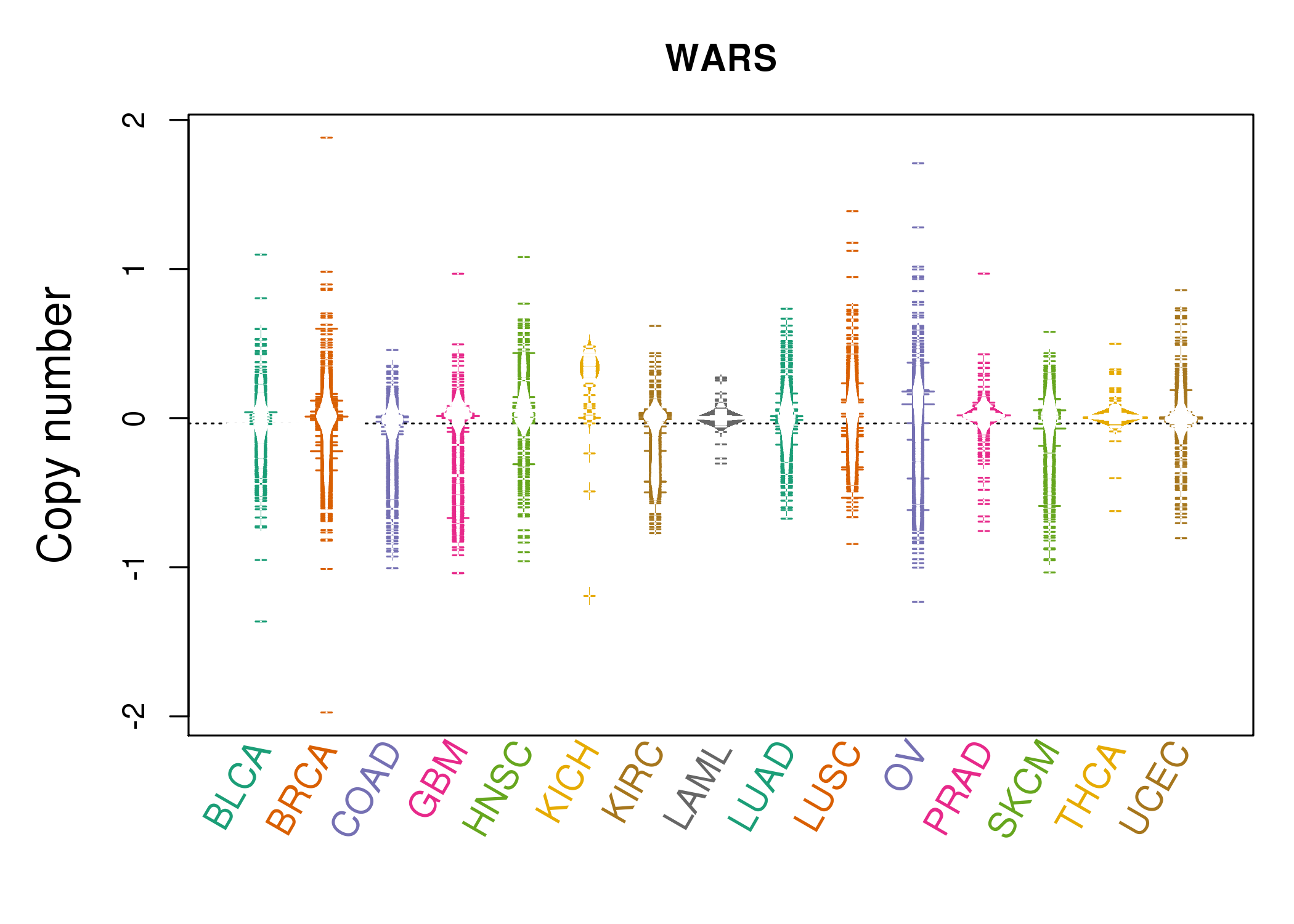 |
| cf) Tissue ID[Tissue type]: BLCA[Bladder Urothelial Carcinoma], BRCA[Breast invasive carcinoma], CESC[Cervical squamous cell carcinoma and endocervical adenocarcinoma], COAD[Colon adenocarcinoma], GBM[Glioblastoma multiforme], Glioma Low Grade, HNSC[Head and Neck squamous cell carcinoma], KICH[Kidney Chromophobe], KIRC[Kidney renal clear cell carcinoma], KIRP[Kidney renal papillary cell carcinoma], LAML[Acute Myeloid Leukemia], LUAD[Lung adenocarcinoma], LUSC[Lung squamous cell carcinoma], OV[Ovarian serous cystadenocarcinoma ], PAAD[Pancreatic adenocarcinoma], PRAD[Prostate adenocarcinoma], SKCM[Skin Cutaneous Melanoma], STAD[Stomach adenocarcinoma], THCA[Thyroid carcinoma], UCEC[Uterine Corpus Endometrial Carcinoma] |
| Top |
| Gene Expression for WARS |
| * CCLE gene expression data were extracted from CCLE_Expression_Entrez_2012-10-18.res: Gene-centric RMA-normalized mRNA expression data. |
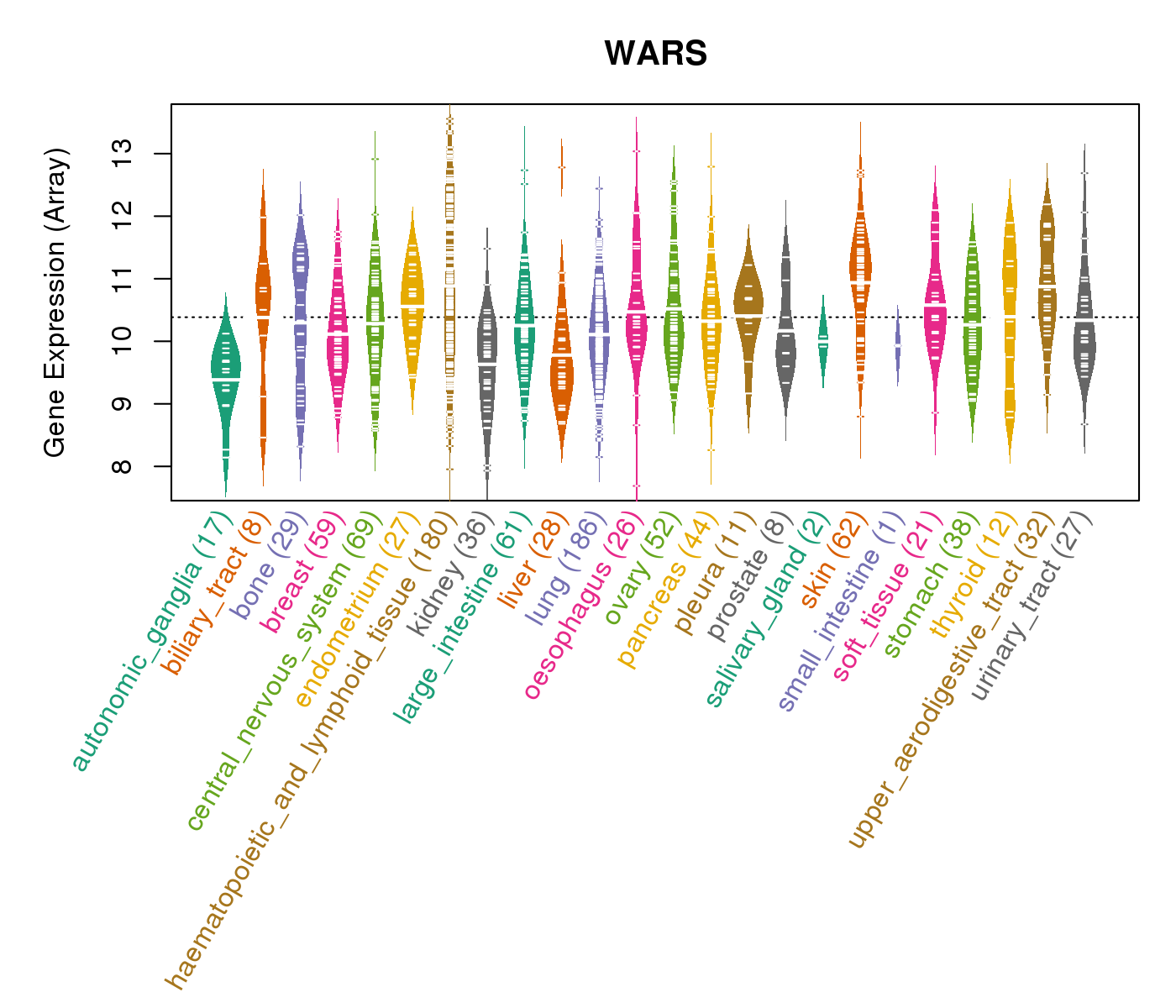 |
| * Normalized gene expression data of RNASeqV2 was extracted from TCGA using R package TCGA-Assembler. The URLs of all public data files on TCGA DCC data server were gathered at Jan-05-2015. Only eight cancer types have enough normal control samples for differential expression analysis. (t test, adjusted p<0.05 (using Benjamini-Hochberg FDR)) |
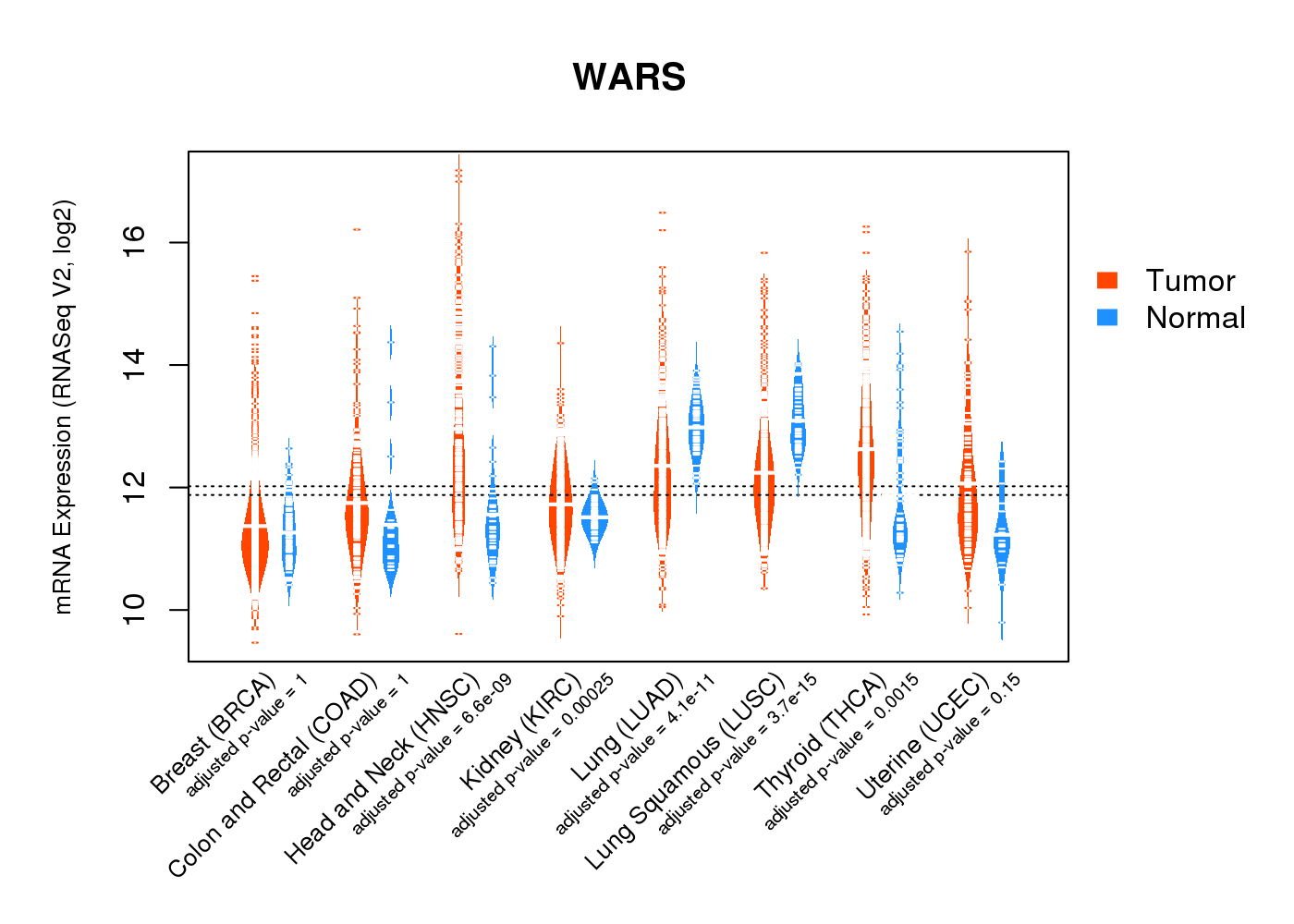 |
| Top |
| * This plots show the correlation between CNV and gene expression. |
: Open all plots for all cancer types
 |
|
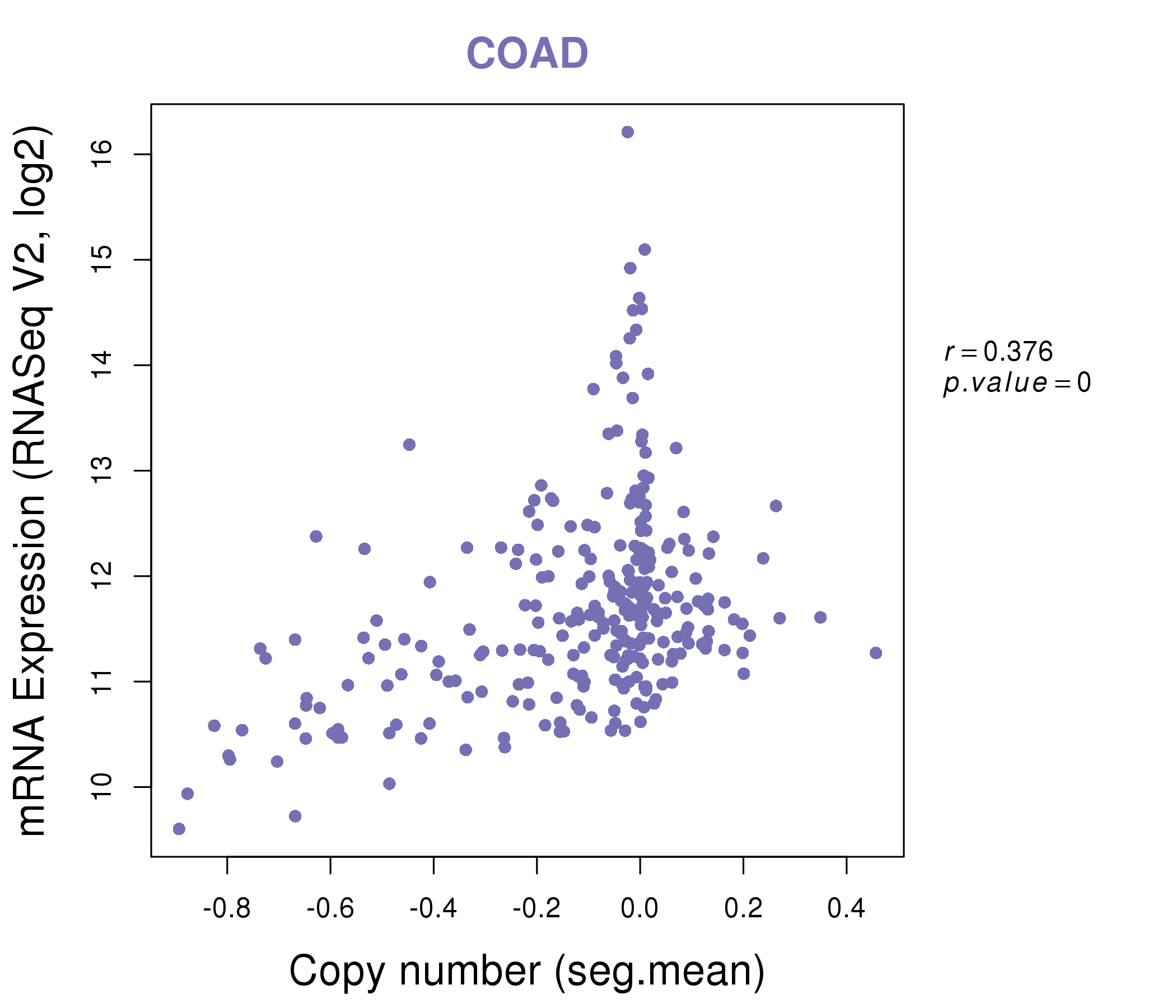 |
|
| Top |
| Gene-Gene Network Information |
| * Co-Expression network figures were drawn using R package igraph. Only the top 20 genes with the highest correlations were shown. Red circle: input gene, orange circle: cell metabolism gene, sky circle: other gene |
: Open all plots for all cancer types
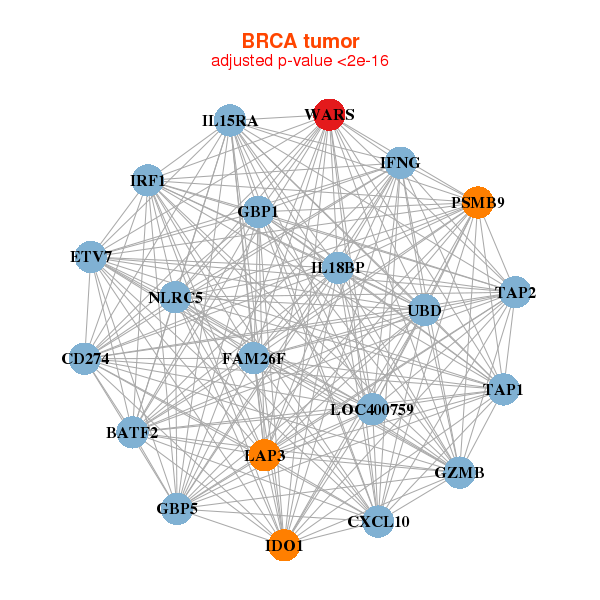 |
| ||||
| ATP1A1,BPI,ATP1A1-AS1,CD58,CNTN6,CTNND1,GDAP2, IGSF3,MDGA2,NCALD,NOTCH2,PHGDH,SEC22B,SLC39A12, SLC43A3,SPON1,STAC2,VTCN1,WARS2,WDR3,ZNF697 | AASDHPPT,C11orf57,URI1,TMA16,CNOT7,DARS,EIF2A, EIF2S3,EIF3E,MAT2B,MBLAC2,NUP54,POC1B,RSL24D1, TMEM69,TRMT5,WARS2,ZCCHC7,ZFAND1,ZNF22,ZNF277 | ||||
 |
| ||||
| ATP5F1,ATPAF2,C1QBP,CCBL2,COX5A,DPH5,LAMTOR5, MMACHC,MRPL1,MRPL37,MRPL44,MRPS27,OXSM,PCCB, PPA2,RPL5,SERBP1,TTC19,TXN2,UQCRH,WARS2 | ADH1C,AGPAT5,ALDH3A1,ALDH7A1,MPLKIP,DTWD2,LRPPRC, MARS2,MRPS30,NDUFA10,PCCA,PIGU,PTDSS1,PTGER2, RNMTL1,RPIA,SEH1L,SERPINA6,SHQ1,TGIF1,WARS2 |
| * Co-Expression network figures were drawn using R package igraph. Only the top 20 genes with the highest correlations were shown. Red circle: input gene, orange circle: cell metabolism gene, sky circle: other gene |
: Open all plots for all cancer types
| Top |
: Open all interacting genes' information including KEGG pathway for all interacting genes from DAVID
| Top |
| Pharmacological Information for WARS |
| DB Category | DB Name | DB's ID and Url link |
| * Gene Centered Interaction Network. |
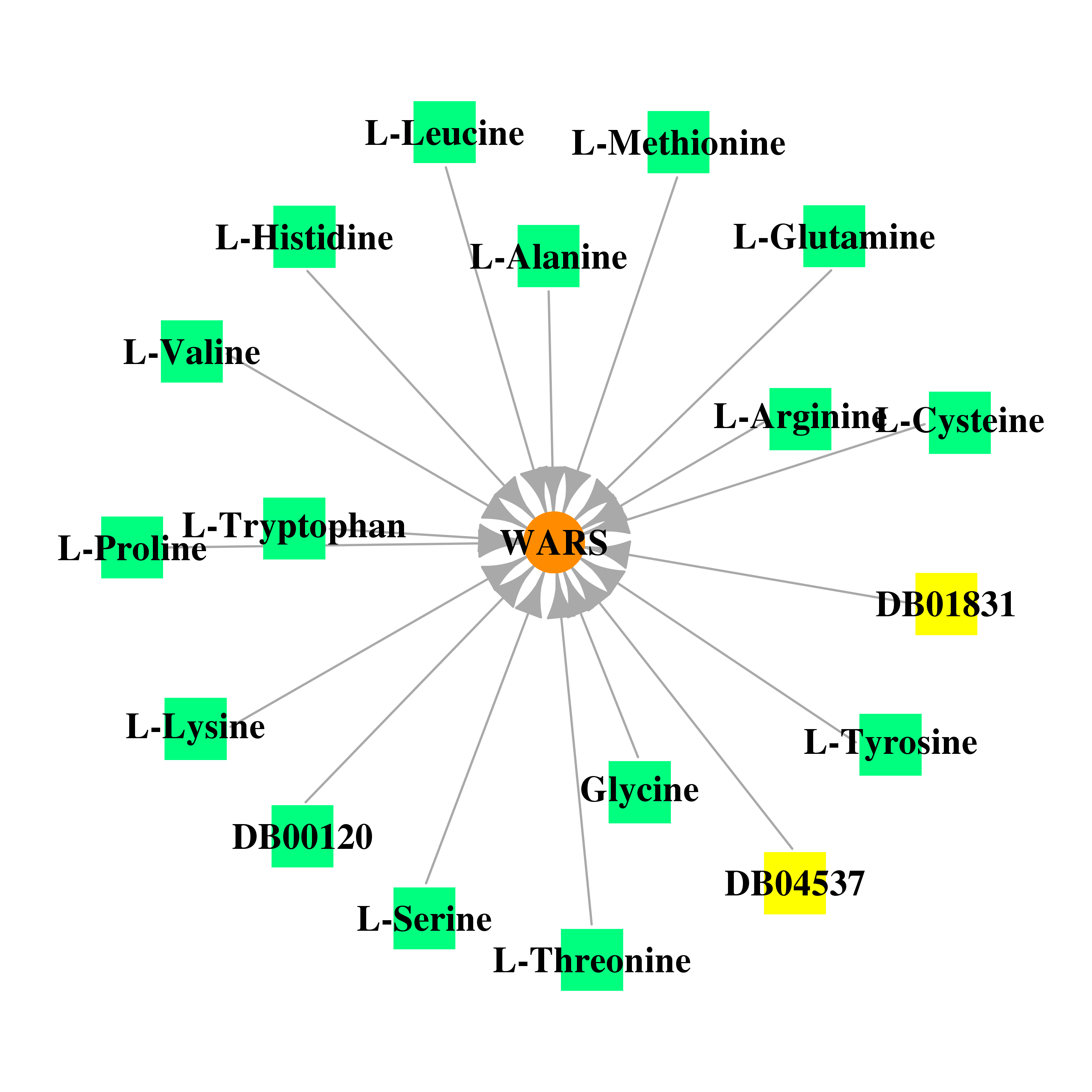 |
| * Drug Centered Interaction Network. |
| DrugBank ID | Target Name | Drug Groups | Generic Name | Drug Centered Network | Drug Structure |
| DB00150 | tryptophanyl-tRNA synthetase | approved; nutraceutical | L-Tryptophan |  | 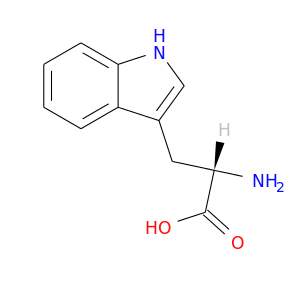 |
| DB01831 | tryptophanyl-tRNA synthetase | experimental | Tryptophanyl-5'amp | 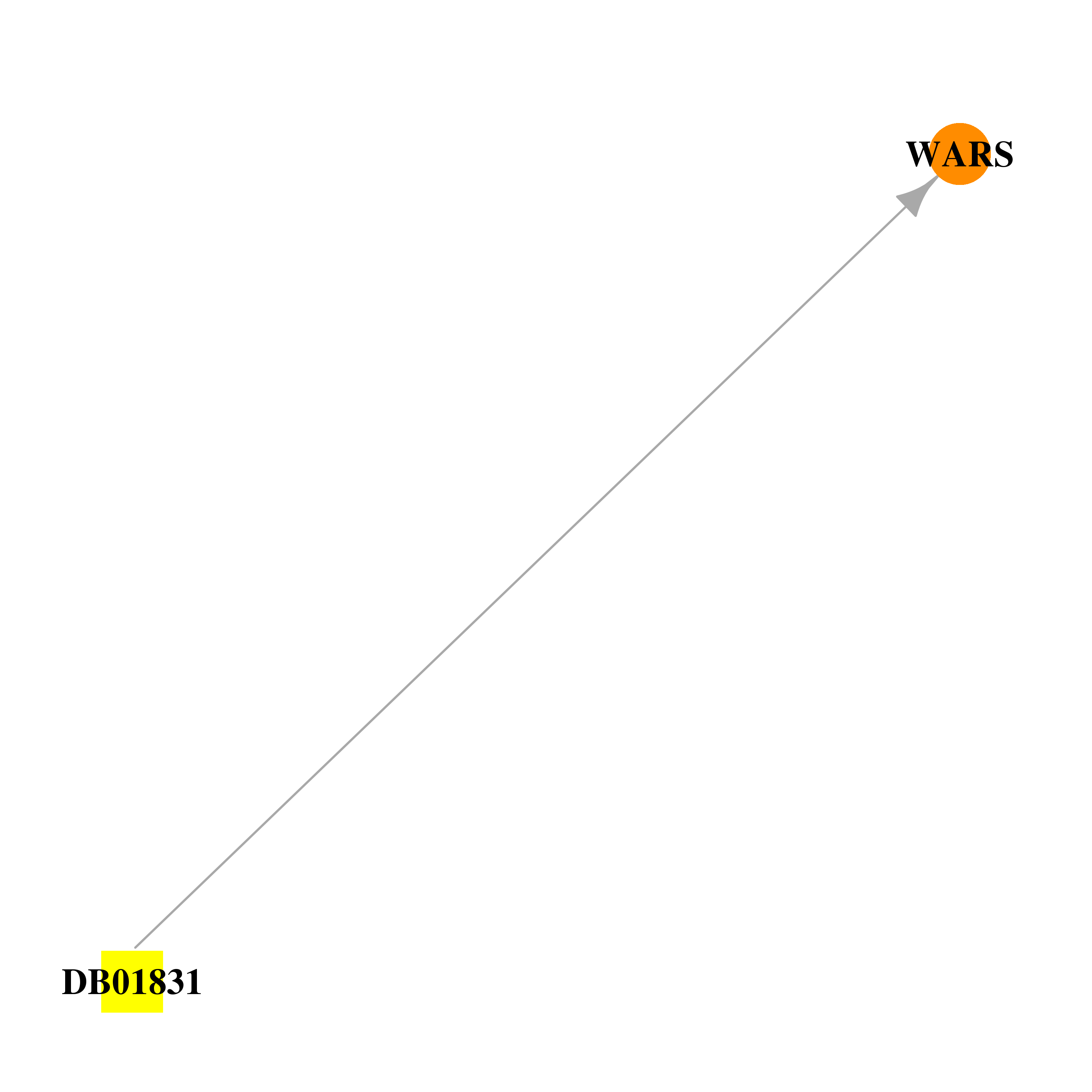 |  |
| DB04537 | tryptophanyl-tRNA synthetase | experimental | L-Tryptophanamide | 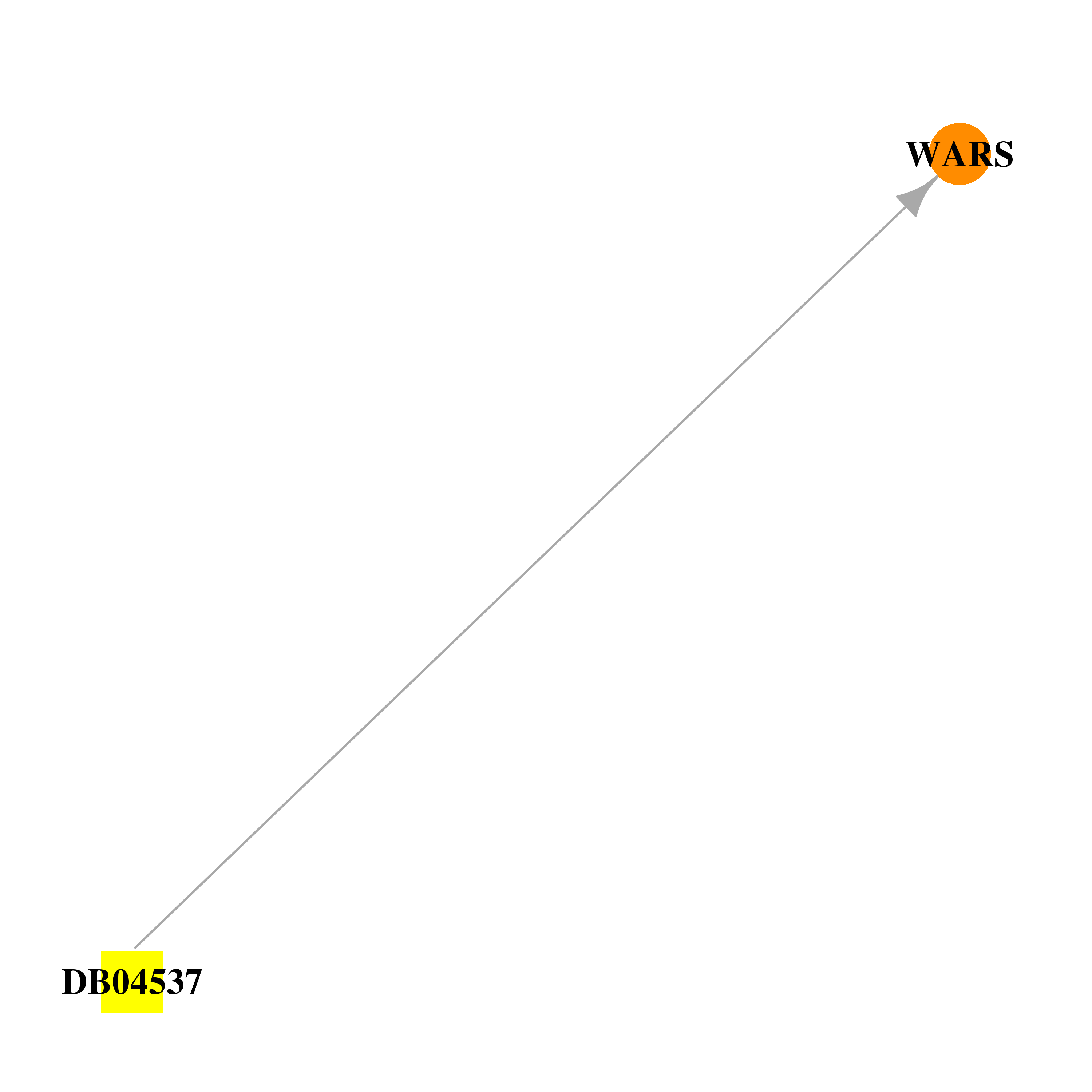 |  |
| DB00145 | tryptophanyl-tRNA synthetase | approved; nutraceutical | Glycine | 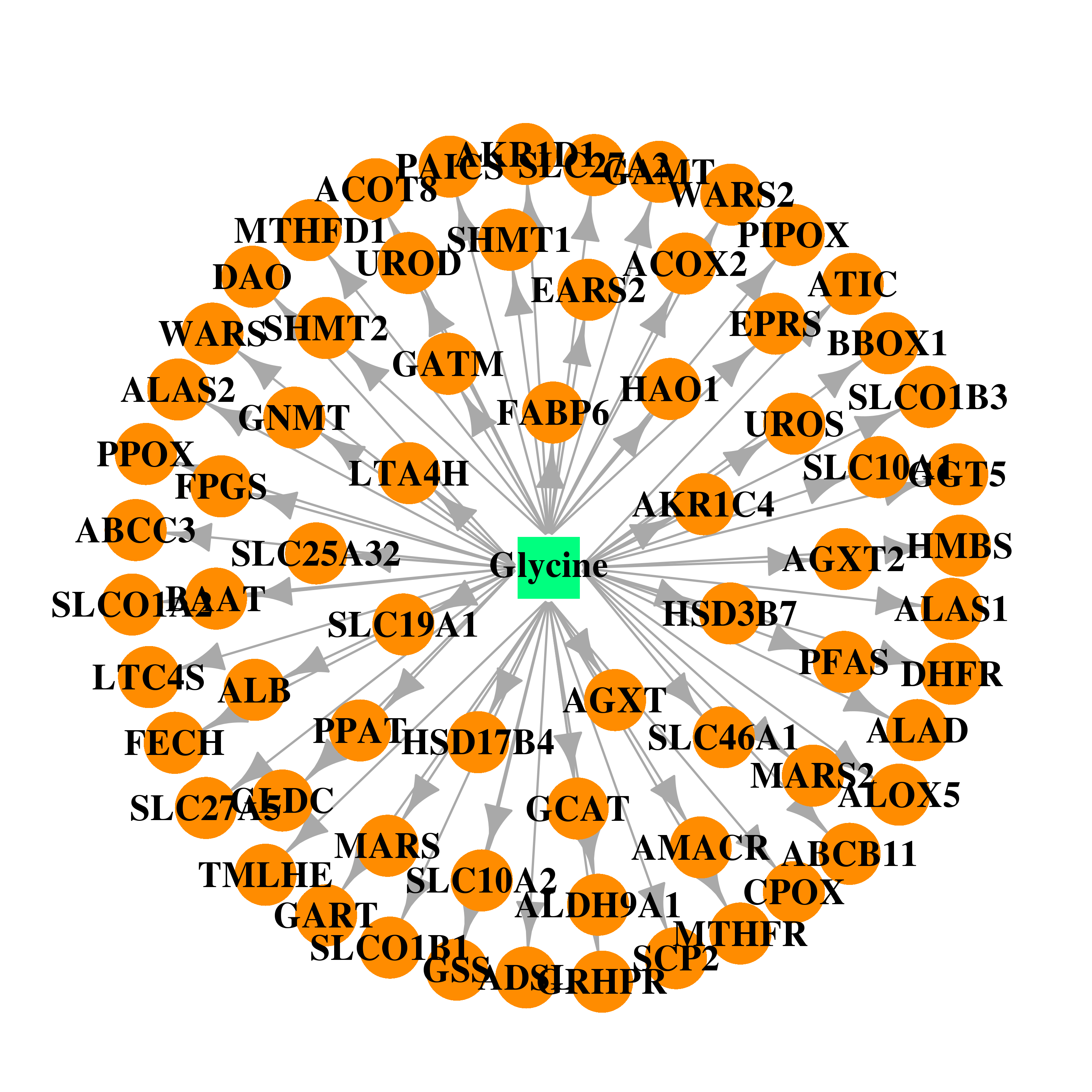 | 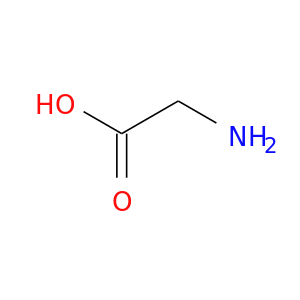 |
| DB00160 | tryptophanyl-tRNA synthetase | approved; nutraceutical | L-Alanine |  | 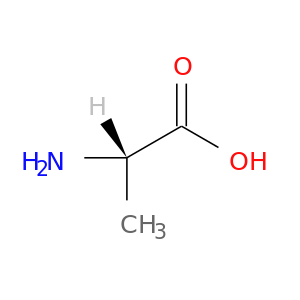 |
| DB00125 | tryptophanyl-tRNA synthetase | approved; nutraceutical | L-Arginine | 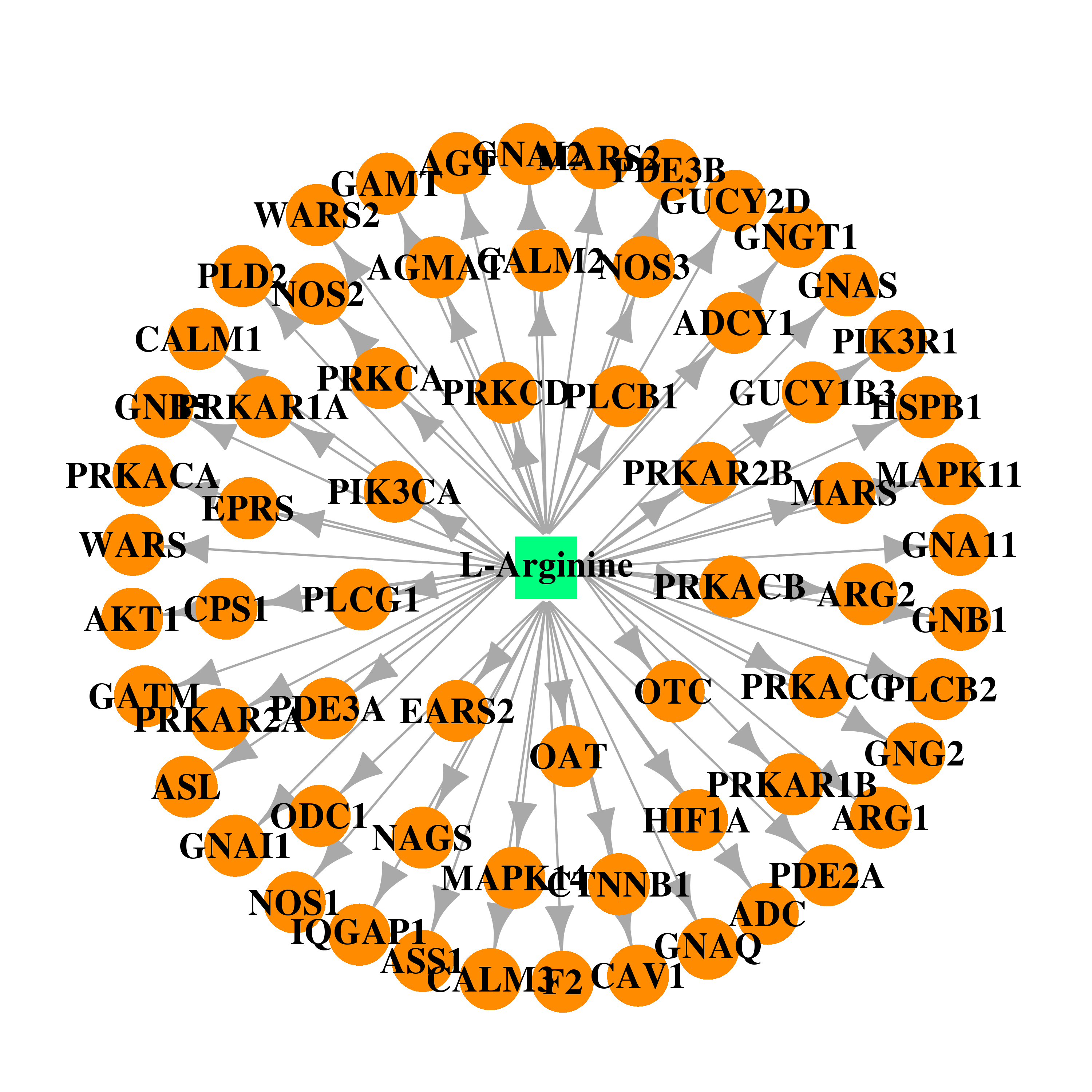 | 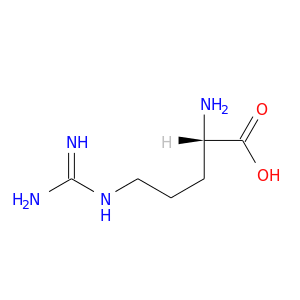 |
| DB00151 | tryptophanyl-tRNA synthetase | approved; nutraceutical | L-Cysteine | 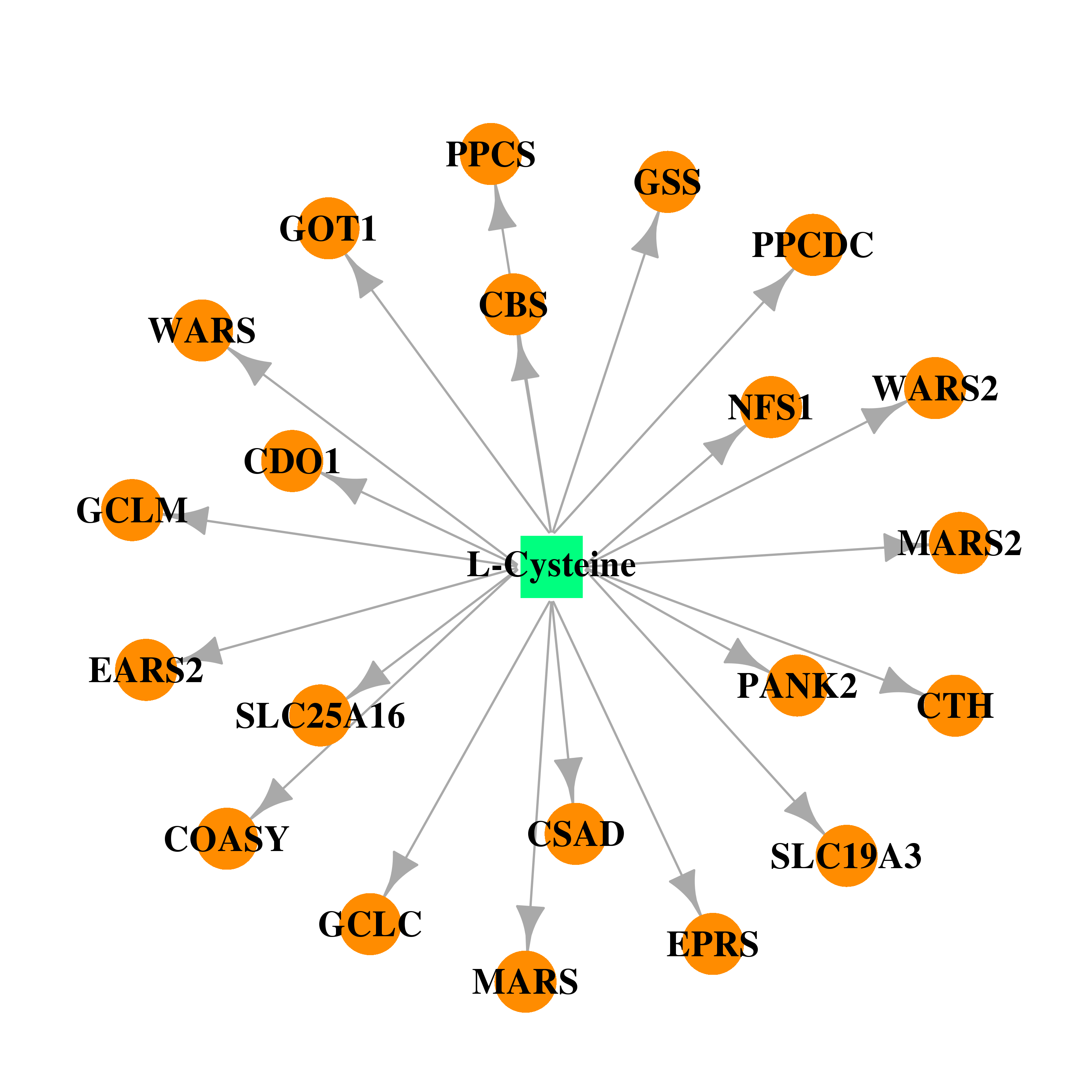 | 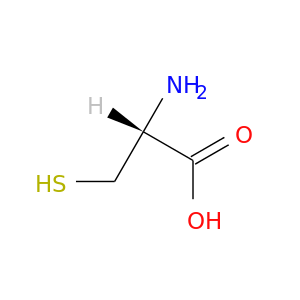 |
| DB00130 | tryptophanyl-tRNA synthetase | approved; nutraceutical; investigational | L-Glutamine |  | 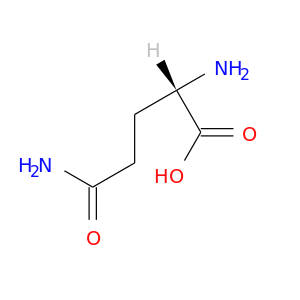 |
| DB00117 | tryptophanyl-tRNA synthetase | approved; nutraceutical | L-Histidine | 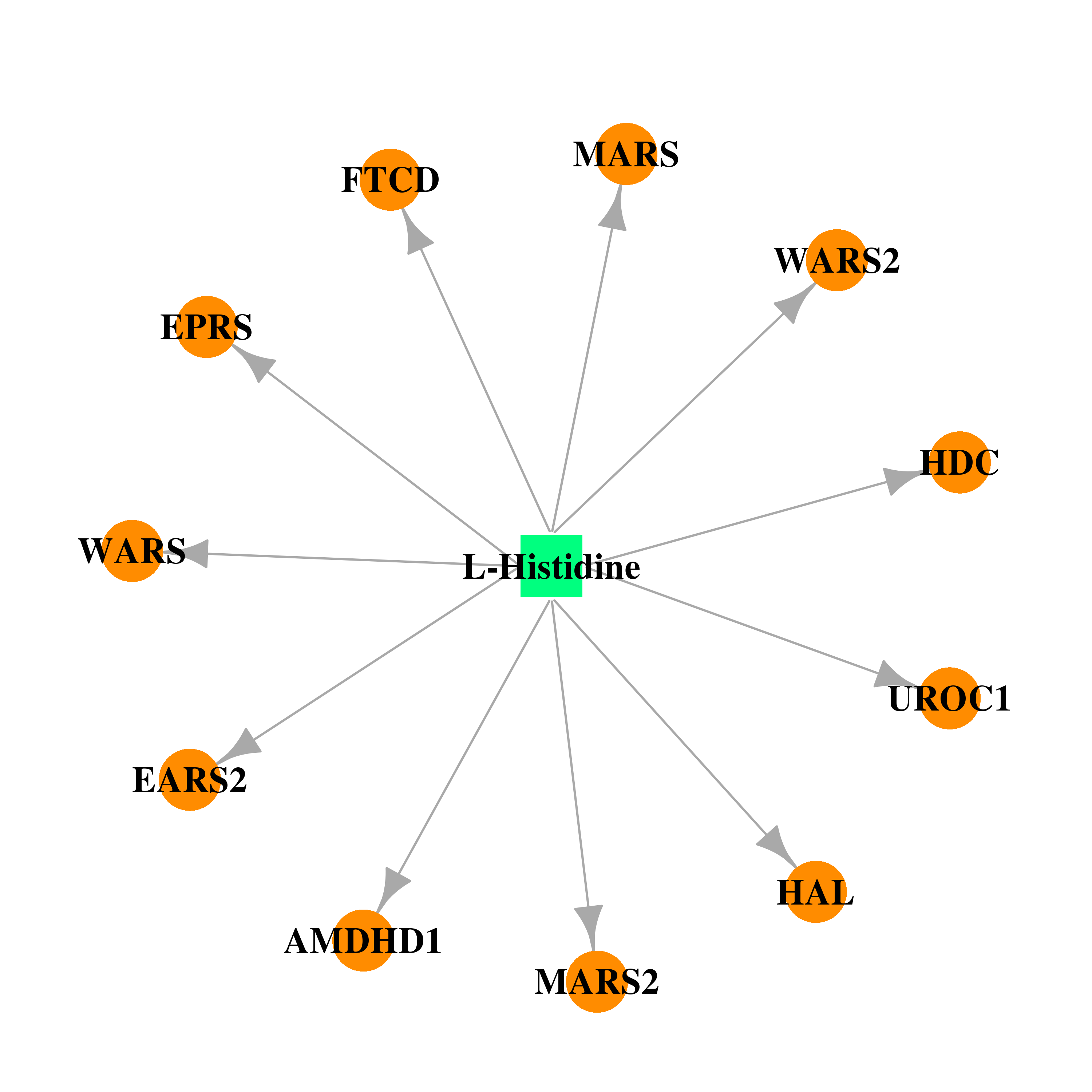 | 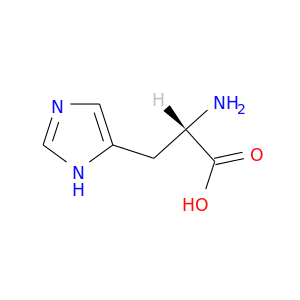 |
| DB00149 | tryptophanyl-tRNA synthetase | approved; nutraceutical | L-Leucine |  |  |
| DB00123 | tryptophanyl-tRNA synthetase | approved; nutraceutical | L-Lysine | 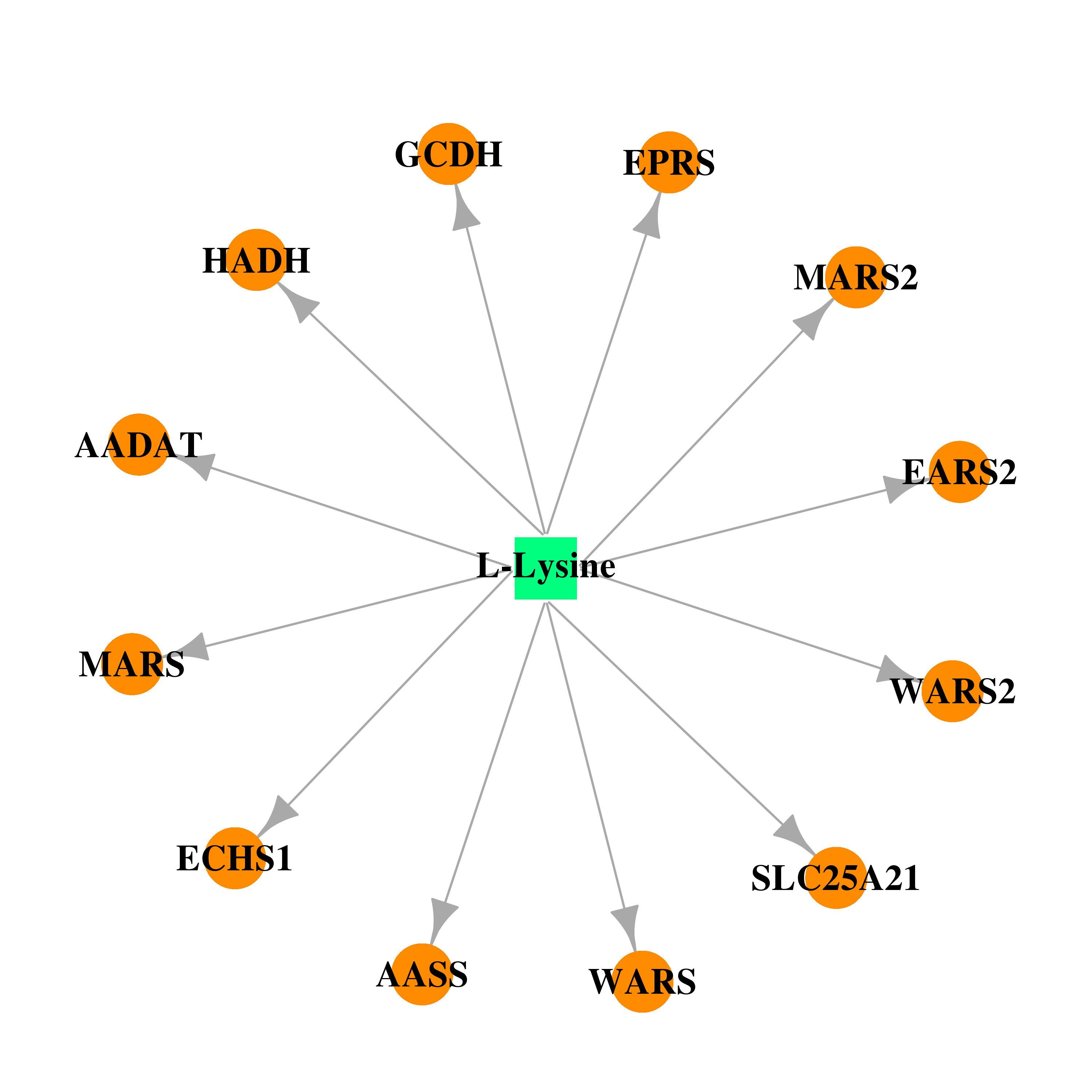 | 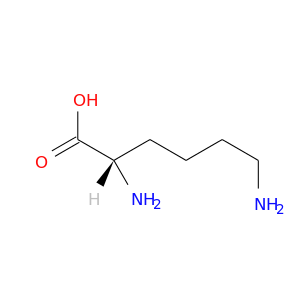 |
| DB00134 | tryptophanyl-tRNA synthetase | approved; nutraceutical | L-Methionine |  |  |
| DB00120 | tryptophanyl-tRNA synthetase | approved; nutraceutical | L-Phenylalanine | 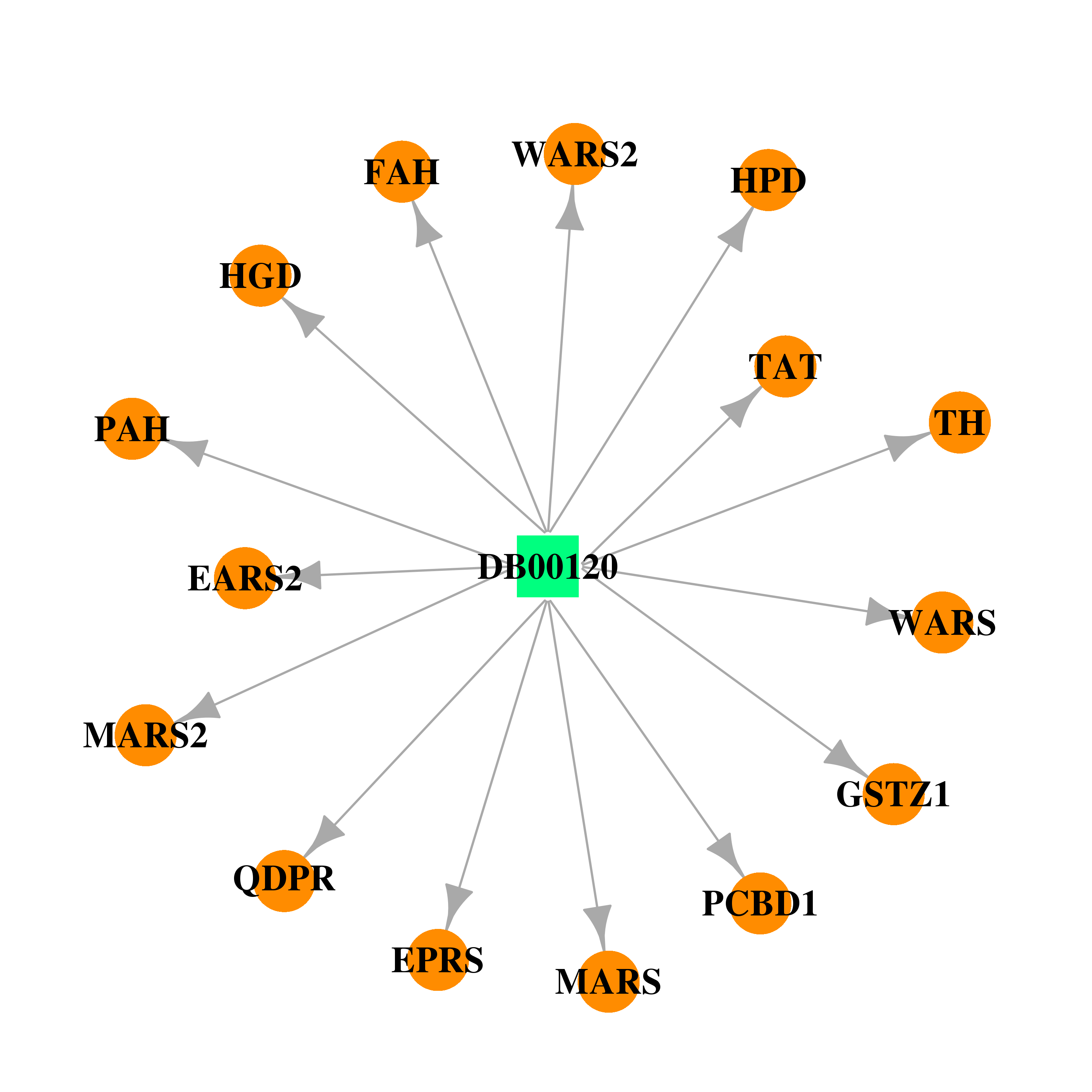 |  |
| DB00172 | tryptophanyl-tRNA synthetase | approved; nutraceutical | L-Proline |  |  |
| DB00133 | tryptophanyl-tRNA synthetase | approved; nutraceutical | L-Serine |  | 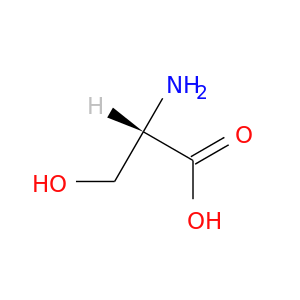 |
| DB00156 | tryptophanyl-tRNA synthetase | approved; nutraceutical | L-Threonine | 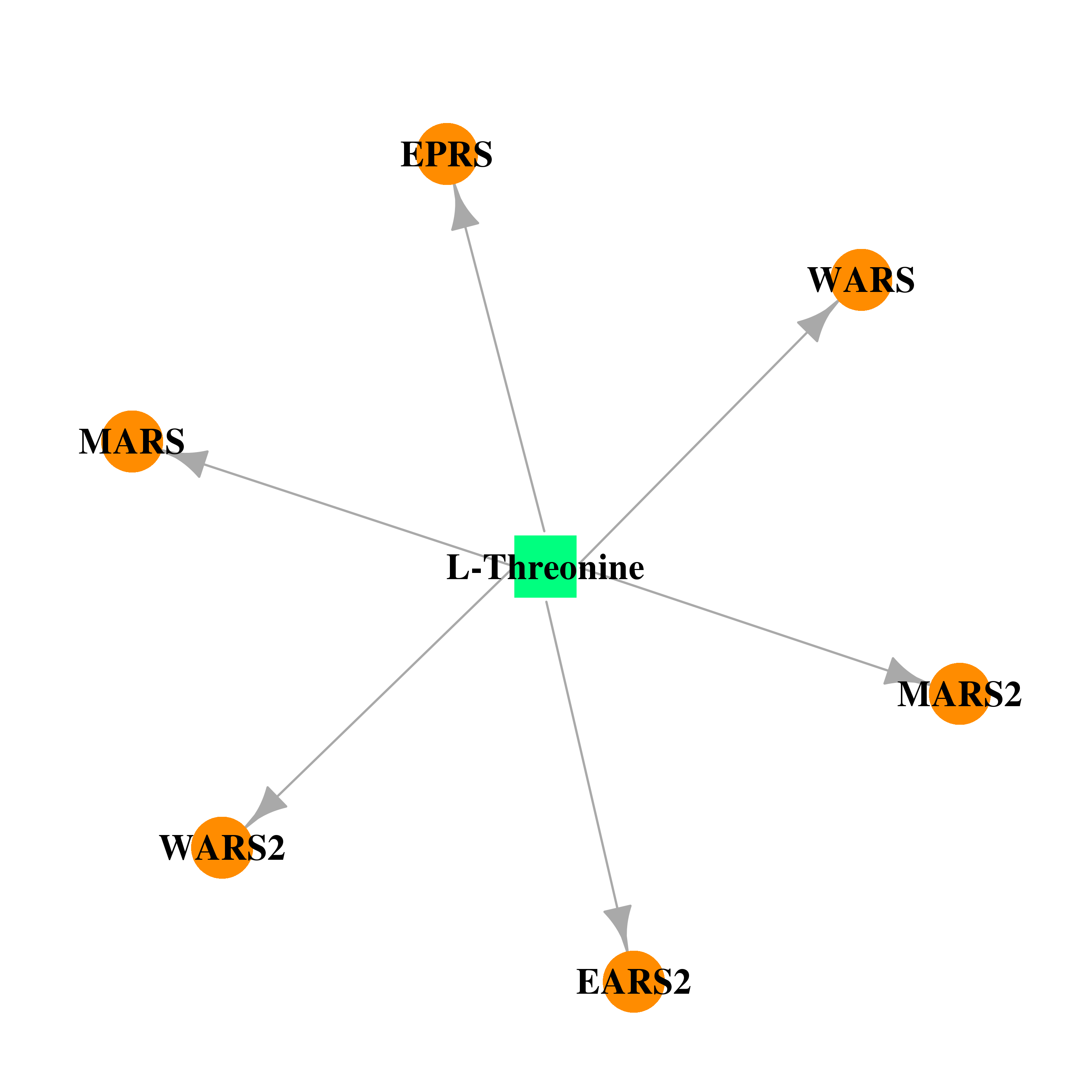 | 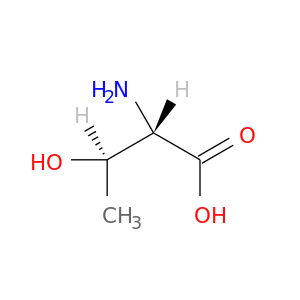 |
| DB00135 | tryptophanyl-tRNA synthetase | approved; nutraceutical | L-Tyrosine |  | 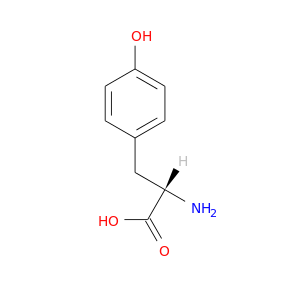 |
| DB00161 | tryptophanyl-tRNA synthetase | approved; nutraceutical | L-Valine | 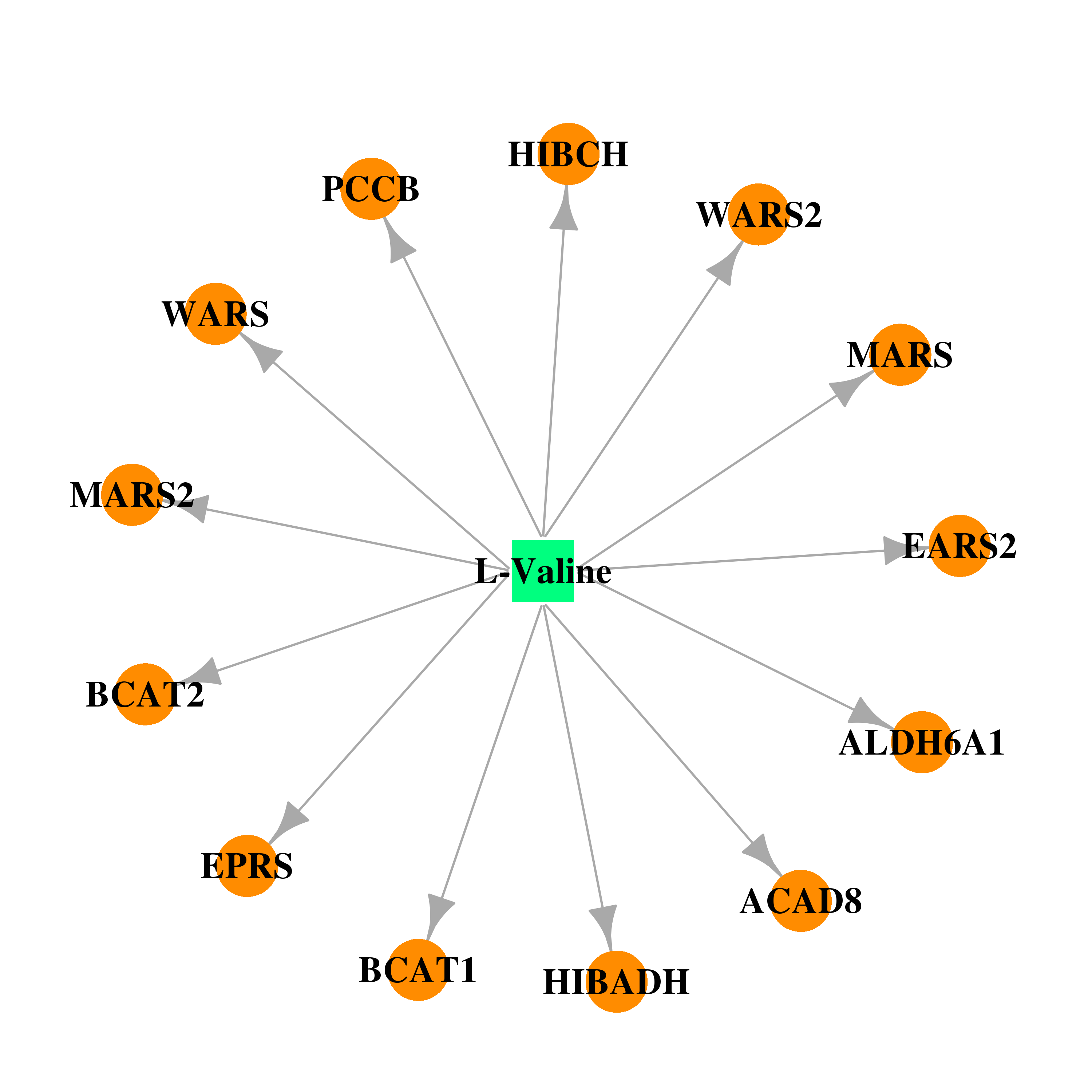 |  |
| Top |
| Cross referenced IDs for WARS |
| * We obtained these cross-references from Uniprot database. It covers 150 different DBs, 18 categories. http://www.uniprot.org/help/cross_references_section |
: Open all cross reference information
|
Copyright © 2016-Present - The Univsersity of Texas Health Science Center at Houston @ |






